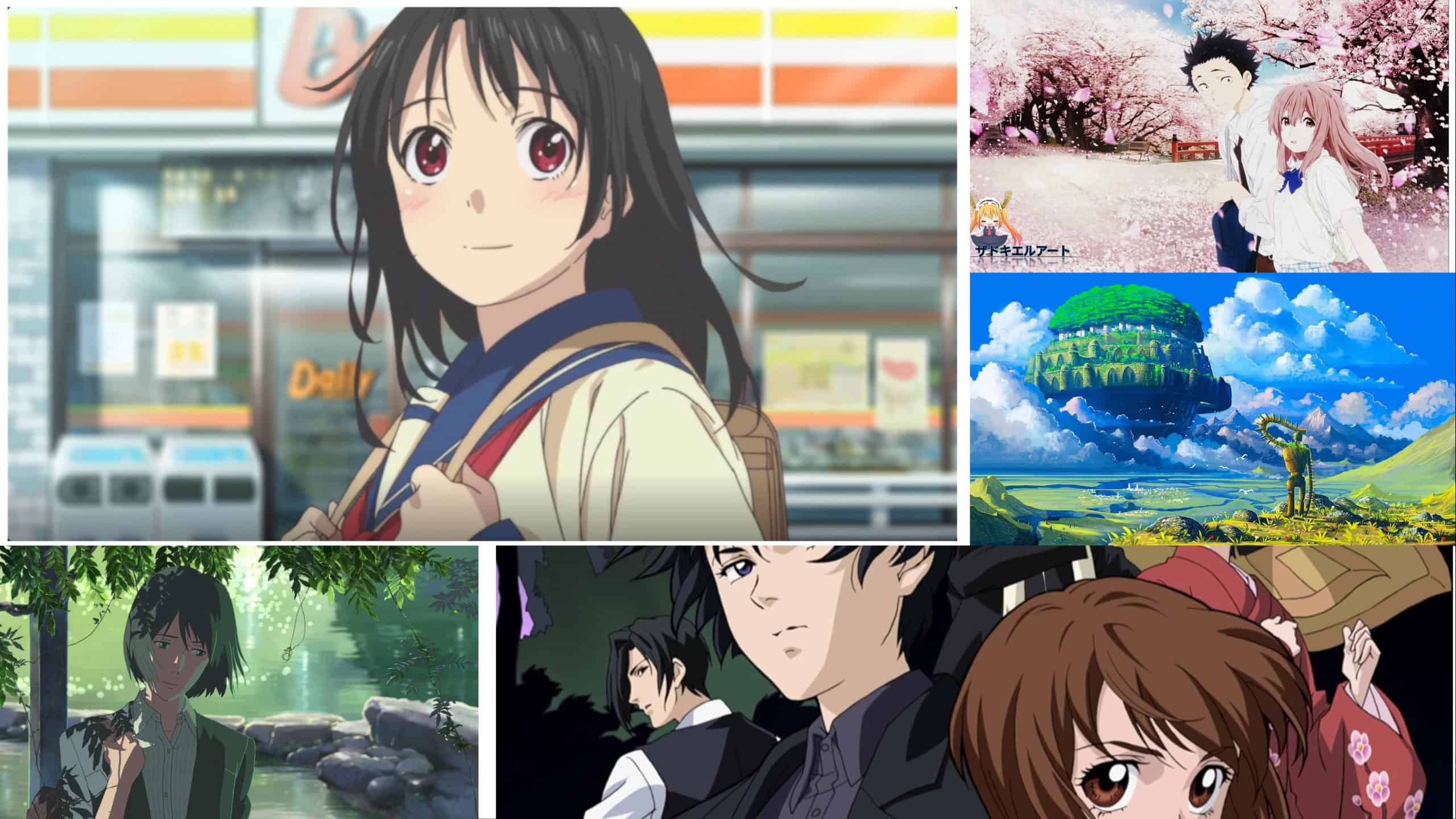Many anime fans dream of introducing their parents to the medium, from young children just beginning to make their own media choices to mature people hoping to share their love with others. Figuring out how to achieve it, though, is more challenging because you never know what kind of anime your parents will enjoy.
It’s best to look for anime series that don’t feature common cliches in the genre when selecting shows for parents. These cliches involve elements that earlier generations might not find appealing, and they might be confusing or off-putting to non-anime fans.
There is a plethora of options available for anime viewing with your mum, accommodating a wide range of likes and inclinations. There are endearing anime shows and movies that can win over your mother’s heart, regardless of whether she’s an avid fan already or is just interested in it.
This list of 12 recommended anime shows includes both light-hearted adventures and heartfelt family dramas so that you can have memorable experiences together.
1. A Silent Voice
A Silent Voice was intensely sentimental right away. It covers some rather painful and hard truths that you will relate to in some manner or another. However, I must admit that I was unaware that this film would go to such dark areas at times, and since it may be highly triggering for some, there ought to have been some kind of warning.
It evoked memories from our past that we hadn’t given any thought to in a while. Dealing with topics like melancholy and suicidal thoughts, social anxiety, and harassment, the video was incredibly real and poignant.
The main theme of this movie is the very real consequences of bullying in childhood and how these effects don’t go away when the bullying stops or happens at school.
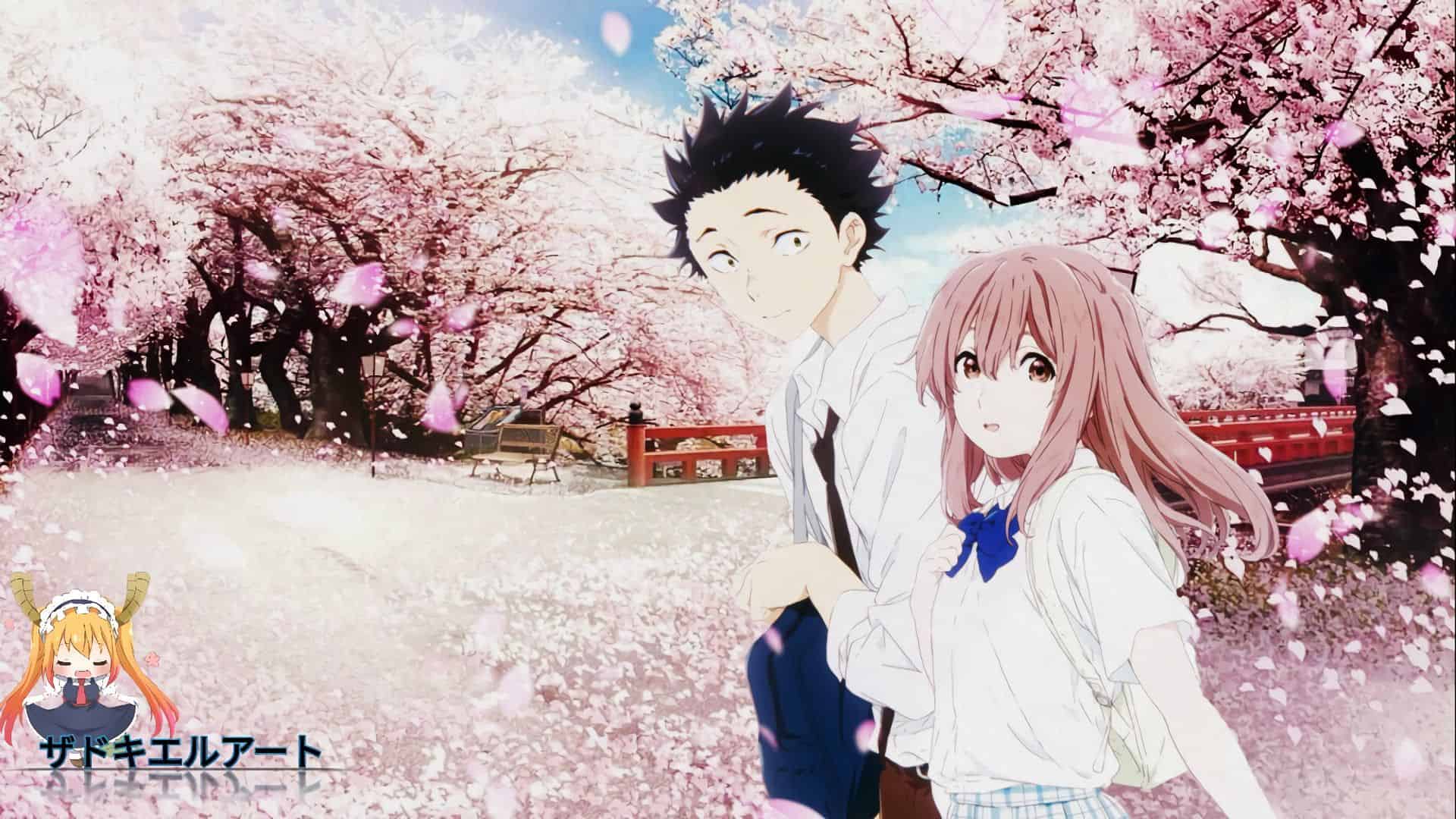
Its consequences can seriously affect how you see yourself and people as you become older and continue to linger. As a young child, Shoya teases Shoko because of her voice, her inability to make friends since she is deaf, and her difficulty interacting with their peers, who also tease her to a lesser degree.
No matter how hard Shoko tries to resist being bullied by Shoya or any of their classmates, Shoya still berates her, and it gets really hard to watch at times. Being bullied in school was something I had personally experienced, so seeing this little girl be tormented for something she could not control broke my heart.
Also Read: 15 Anime With Good Story to Watch That You Can Check Out
2. Wolf Children
The storyline of Wolf Children is understated yet pretty simple. The children’s ability to transform into wolves sets this story apart from most others, leaving the single mother with the challenging task of maintaining two children on her alone.
In my opinion, everyone who has raised children or plans to raise children in the not-too-distant future needs to watch it.
The reality of the movie keeps viewers immersed in the narrative and permits both sobs and giggles at various points. The plot, while not particularly original, provides a fascinating perspective on the “raising a child” movie genre.
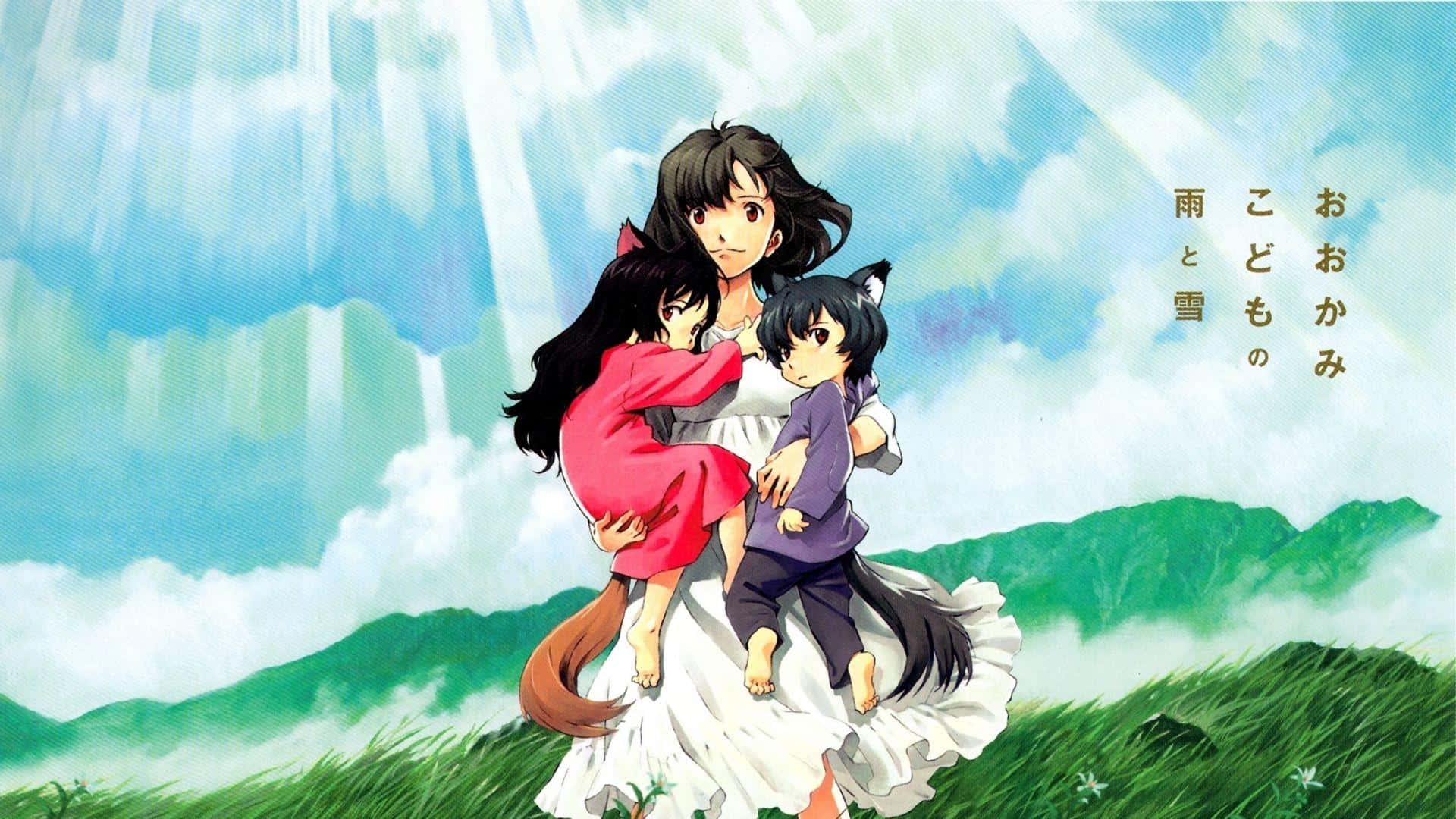
In the beginning, Hana is a nineteen-year-old college student who quickly meets Ookami, the man of her dreams. Later in the film, Ookami makes the decision to tell Hana who he really is, and she embraces him for who he is.
These two eventually made the decision to become parents, and one thing led to another, leaving Hana in charge of the two kids by herself as a single mother.
Hana embodies the kind of person who will stop at nothing to provide her kids with the greatest life imaginable. The narrator of this film is Yuki, the elder of the two kids.
Yuki is a bubbly, gregarious girl who doesn’t mind getting her hands filthy or rolling around in the mud.
She used to love being the center of attraction and would often throw fits when things didn’t go her way. As she grew older and entered kindergarten, she constantly aspired to change who she was not. Yuki shows her willingness to stand beside her brother Ame from bullying at school throughout the film.
Also Read: 14 Anime Movies Like The Wolf Children That You Will Love To Watch!
3. Grave Of The Fireflies
The psychological effect of “Grave of the Fireflies” is so great that it compels a reconsideration of animation. Animation has been primarily a form of cartoon for both children and adults since the very beginning of the medium. However, this anime contains secure spaces; they make you cry but not cry with you.
There are situations in this movie with breathtaking animation that made Studio Ghibli the top animation studio in Japan at the time. However, I believe that the animation for “Grave of the Fireflies” was the perfect one.
The weight of the violent and technological innovations would have been too much for actors. No need for action-packed scenes or explosions.

Because of the animation approach, Takahata is able to focus on the main ideas of the story, and because his characters are animated and lack visual realism, our imagination is given more freedom to interpret the characters. We can sense Seita’s weight of responsibility for his sister even though it is on his face.
A moment, such as when Setsuko is burying the firefly, in which a magnified view of a detailed expression and feeling is shown, feels even more captivating and forms a stronger bond between the audience and the character.
Also Read: 10 Anime to Watch Without Sound Right Now
4. Cowboy Bebop
Cowboy Bebop doesn’t take long to get going, as the opening episode paints an accurate depiction of what’s to come for the viewers. The majority of Bebop’s episodes are organized as episodic adventures that follow the crew of the Bebop as they try to collect proceeds from bounty heads in order to buy food.
It also becomes hilariously obvious very early on that they almost never end up receiving their bounty, as the culprit is usually killed or captured by someone else.
This doesn’t, however, significantly detract from the enjoyment of watching it, and in certain situations, it’s actually very funny to watch the team come dangerously close to winning the money only to have it taken from them at the last minute.
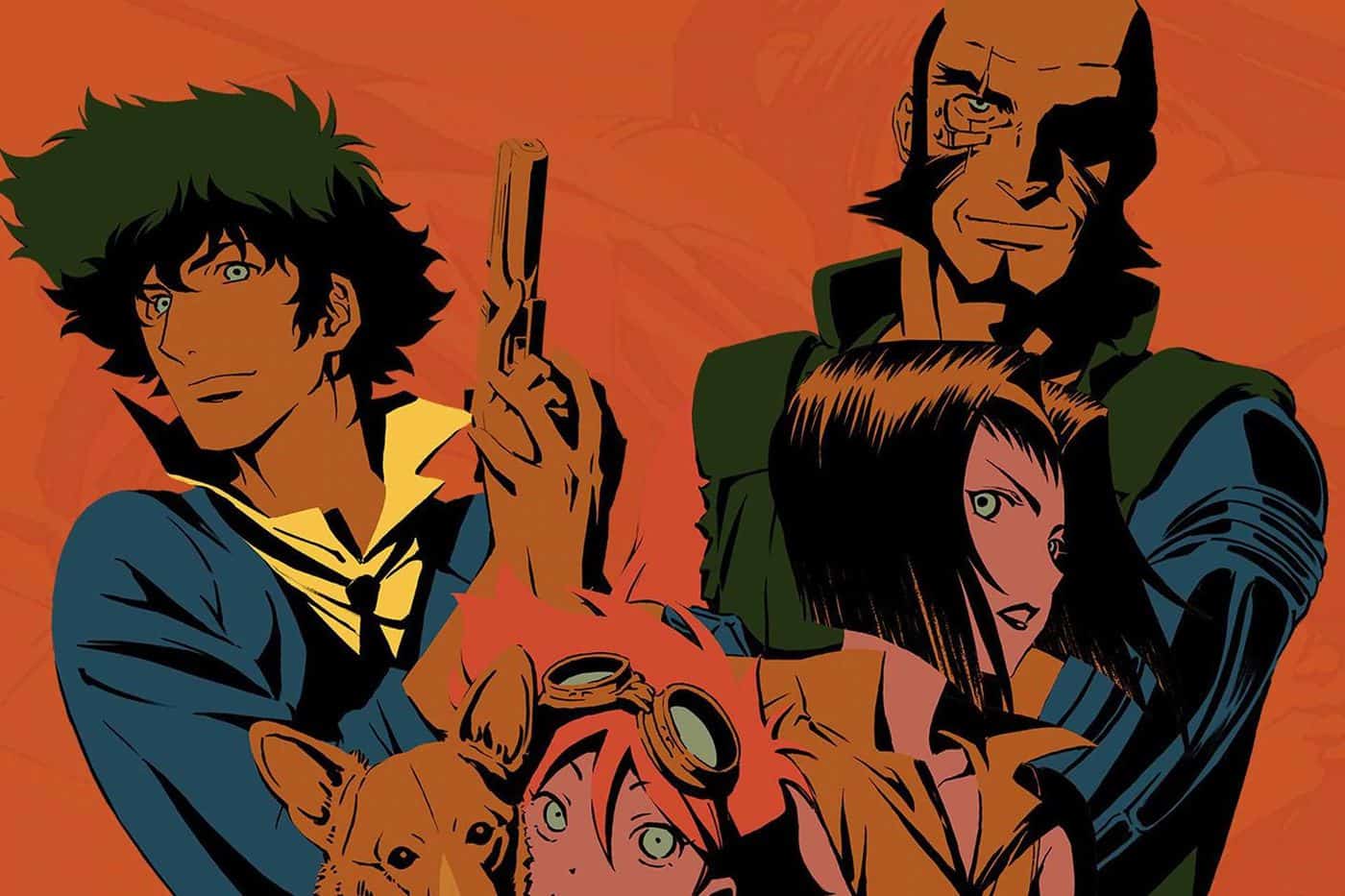
The independently. Episodes all offer a deeper level of insight into the intentionally complex cast of Bebop, and they frequently accomplish this through a range of cinematic styles, such as crime epics in the beginning gothic horror and spaghetti-westerns, all of which succeed in meshing well with the show’s overall tone.
While some may concentrate on dangerous people with tragic or complicated pasts, others may be more interested in little gangs and their exploits. These range in grade from good to exceptional, so there is a constant high standard among them. They are frequently wildly hilarious, erratic, and perhaps even though stimulating.
Cowboy Bebop can be a miraculously clever series in terms of themes, ranging from challenging how humanity interacts with technology to debating whether it’s appropriate to prosecute a criminal who wasn’t directly accountable or justified for the actions he took,
and even how much every one of the Bebop’s actions was acceptable.
Also Read: Cowboy Bebop Review: Is The Anime Worth A Watch?
5. Cells At Work
Ever given any thought to what’s happening within your body? That piercing sensation in your abdomen when you need to let the gas out? Perhaps the prickly sensation in your nose right before a sneeze? You know, like, that little dude you think is underneath your refrigerator, turning away the light?
Cells At Work takes you inside a working human organism to investigate every bit of that and more. The plating. Every time their sweet tiny faces appeared on screen; I believed my heart melted.
The manner in which they grasp hands to prevent losing each other or getting hurt. In case you were wondering, I was very close to tears when I saw them save that particular day in episode 2.
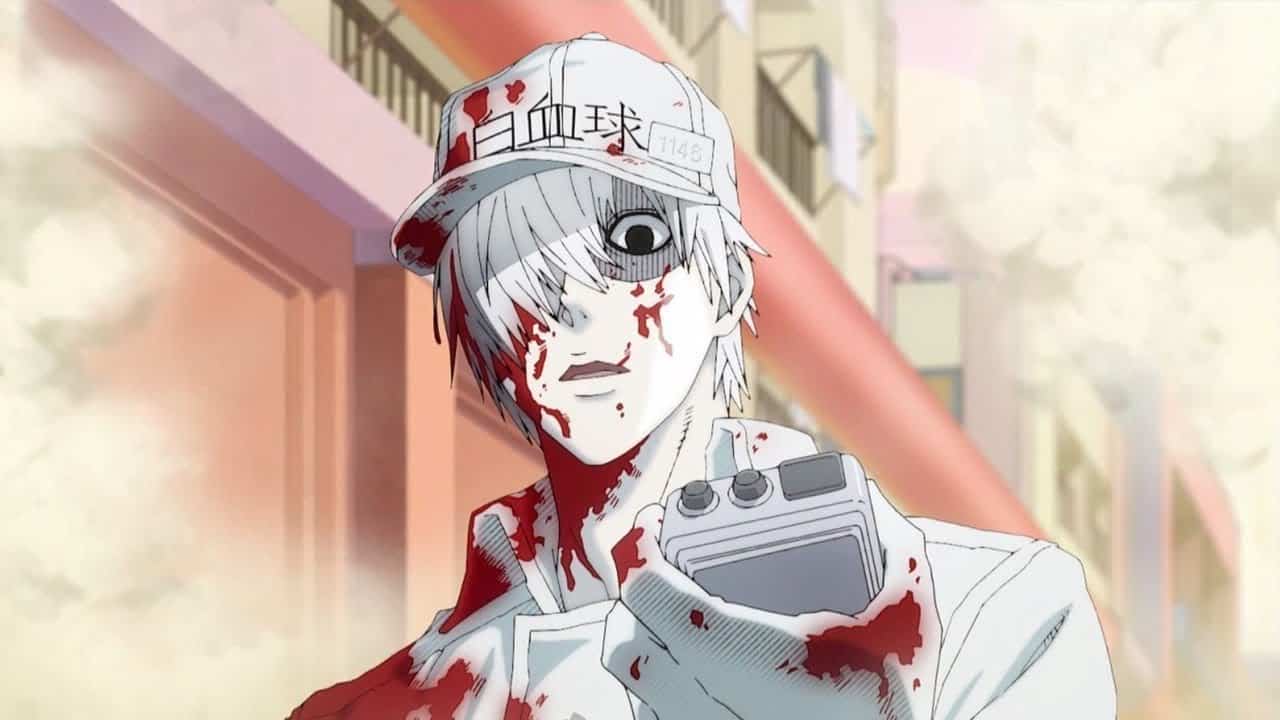
As a result, I hereby declare the Platelets to be the greatest girls of all time. I apologize for frightening you all, but they truly are the epitome of adorable overload. Although it is common for people to get attached to characters, I have never felt prouder in my understanding of how cells work.
In biology class, it might have made meaning for a week, but now that I know, I can tell you the difference between red and white blood cells! Incredibly, David Productions managed to provide each individual with a sense of curiosity despite their actual actions!
When the concert opens, everything is great. Then, a red blood cell is lost, and then bad things happen. It gets a bit annoying; I realize. For me, the fascination is maintained by encountering cells and dangers and learning about the inner workings of the body during specific events.
Also Read: Other Anime Shows That Fans Of Cells at Work Should Try
6. Inari Kon Kon
The story of Inari Kon Kon centers on Inari Fushimi, a young child with average physical attributes who harbors romantic feelings for Kouji Tanbabashi, a guy in her class. Inari finds it difficult to draw Kouji’s attention to herself. She stumbles upon a juvenile fox that has fallen into a river one day. Inari, being the kind girl that she is, leaps in to save the fox.
As it turns out, Uka-no-Mitama-no-Kami, the community shrine’s deity, is fond of the fox pup identified as Kon, or as she is more commonly called, “Uka.” Uka gives Inari one wish as a present, and when Inari fulfills it, she gains some of Uka’s power.
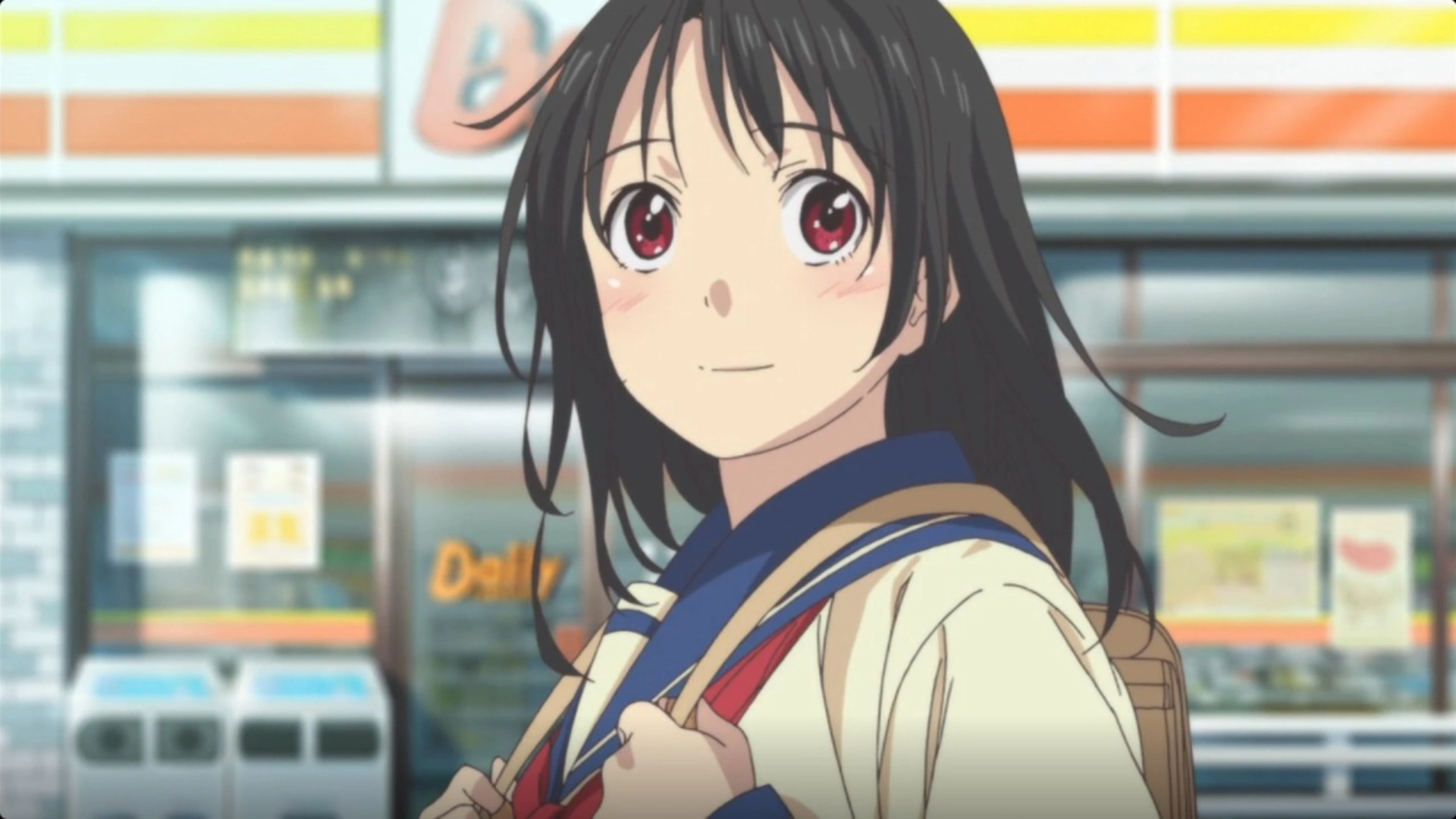
The remainder of the show centers on Inari’s attempts to manage both her affection for Kouji and her attempt to master the power that Uka bestowed upon her. You could consider Inari to be your typical female superhero. She is awkward, frequently described as being dim, and as a child, she frequently got lost in the shrine.
She is, as least that I am aware of, distinct from plenty of current anime beauties in that that she is a middle school student rather than a high school student.
This is particularly intriguing because Inari deviates somewhat from the norm of the usual high school girl, which is something that many heroines have in common. Although Inari plays a very ordinary heroine, she excels in the role and continuously exudes a refreshing sense of drive.
Also Read: 10 Best Fantasy Romance Manga Worth Reading
7. Ghost Hunt
Tanisyama Mai is a High School girl who was telling some ghost stories to her friends. Shibuya Kazuya is one of her best friends, who is 17 years old and also, she is president of their school. While Tanisyama narrates the story, some paranormal activities happen.
Later, when Mai happened to stroll by the aforementioned structure, she unintentionally smashed the camera setup that Shibuya had put up to record any unexplained phenomena. She also led to Lin, Shibuya’s helper, being hurt.
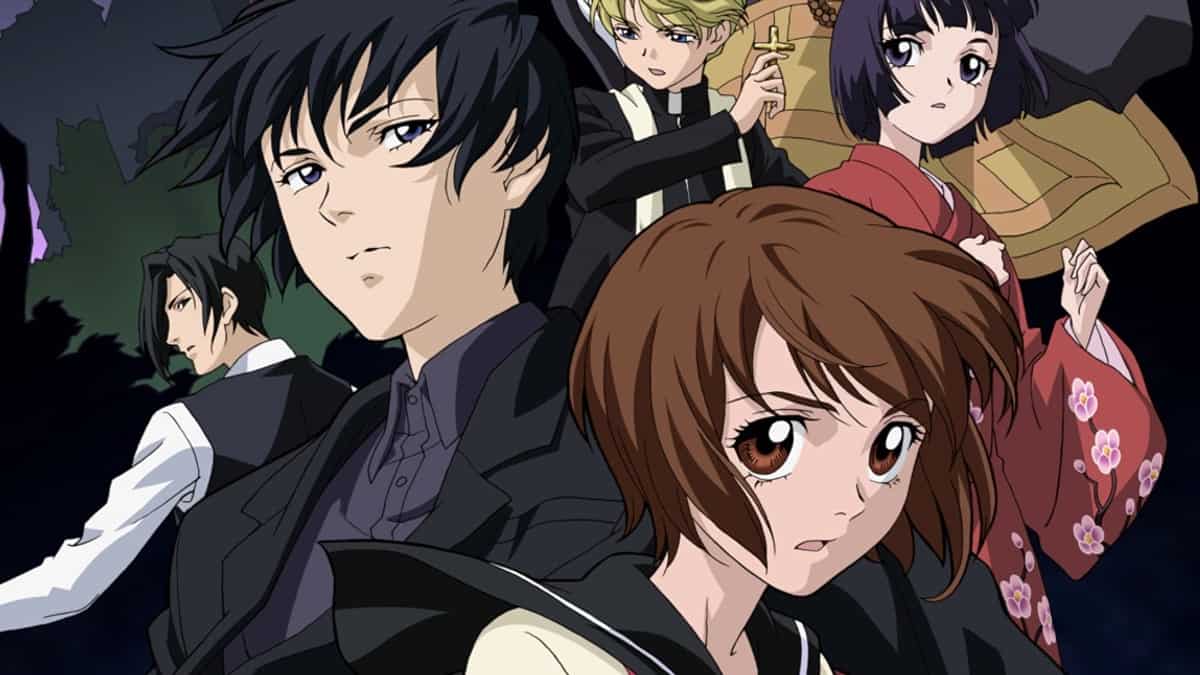
After that, Shibuya demanded payment for damaging the equipment and requested her to fill in for Lin before he recovered. The lead female character. At first, even though Naru is an ikemen, I kind of admired her since she didn’t put up with his attitude.
But sadly, it was short-lived. I was becoming really irritated with her by the end. She would first experience all of these psychic visions while she slept, and she would wait to tell anyone about them until the very last minute.
She would also yell at Naru anytime she felt he was acting immorally, and it really got on my nerves. Okay, so I get even Naru may be insensitive and that his methods of doing anything without providing an explanation might be confusing,
but you understand what? If you had shared your visions with the team, things would not have progressed to this point. I don’t know; I feel like the storyline growth took precedence over her character development.
Also Read: 42 Anime Like Ghost Hunt That You Should Watch
8. Silver Spoon
An anime about a boy who enrolls at an agricultural school called Gin no Saji (Silver Spoon) is a slice-of-life comedy about coming of age. Simply watch the anime if you’re unfamiliar with what that is. I think viewing gives you a very good idea of it. Hachiken, the boy, is not your usual student at an agriculturist school.
While the majority are there because their families are in some way involved in farming, Hachiken is a city lad at heart and has little to no familiarity with the day-to-day struggles faced by the children of farmers. In essence, Gin no Saji shows him adapting to this and becoming the part.
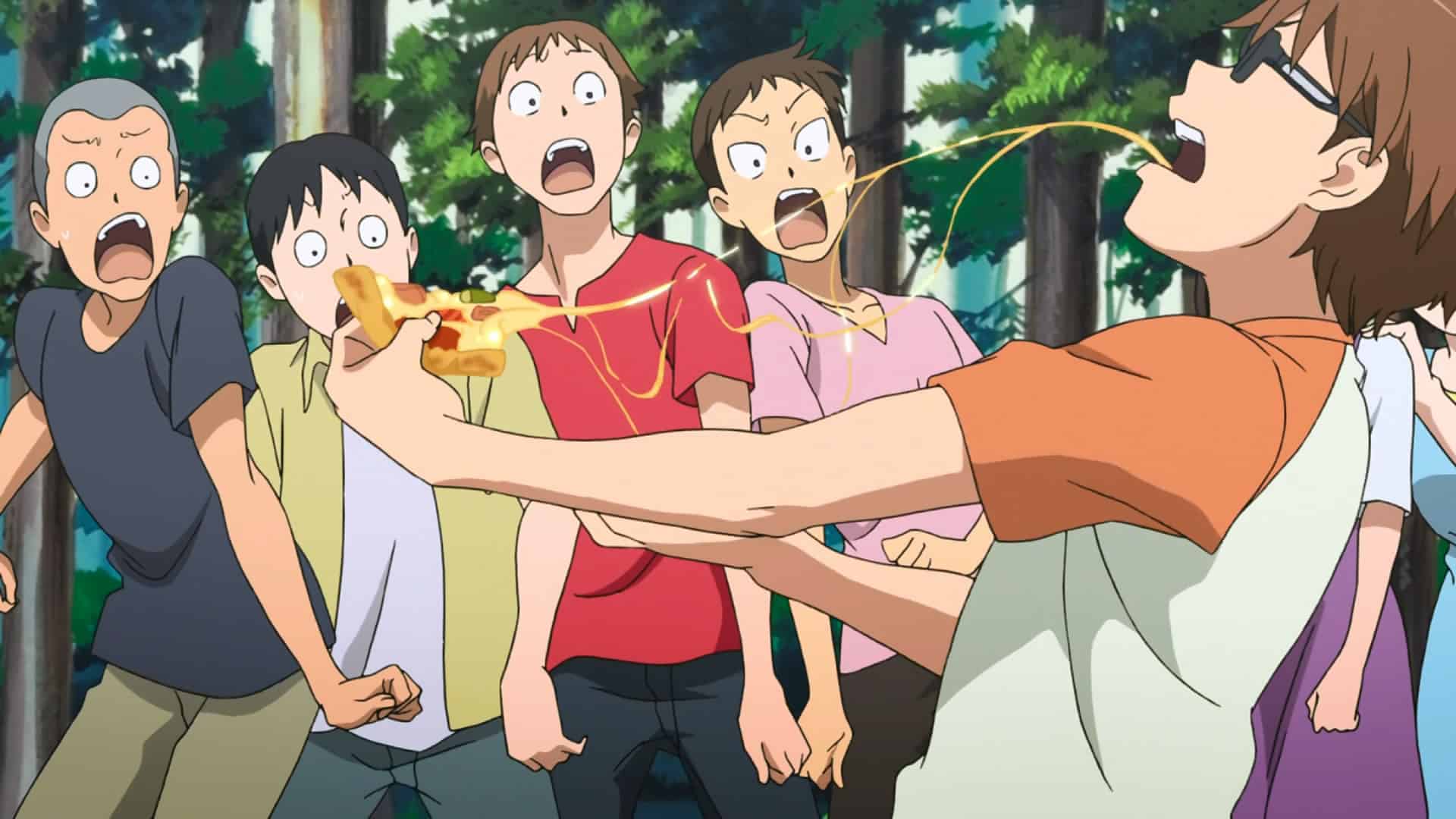
I think I should start by praising this anime’s plot. Put simply; I found Gin no Saji to be utterly novel and interesting to watch because it lacked the usual corny plot points and characters.
I eagerly anticipated how the anime would depress me about cattle, farmers’ hardships, and other related topics with each new episode. Seeing this was a really eye-opening experience.
The well-executed pacing, which combined a satisfying dose of romance, humor, and introspection, didn’t hurt either. Sometimes we see his peers acting ridiculously, yet other times we are taken aback by his introspective and profound thoughts.
The romance that is present is ambiguous at best, and after that, we are treated to some brutally honest instruction on farm work. As it happens, it’s not that simple.
Also Read: Anime To Watch For 14 Year Olds
9. Garden Of Words
All of Shinkai’s stories revolve around the same plot point—that is, that he was never good at getting girls to like him back. It’s obvious he settles for anything to have a wife.
Otherwise, his stories wouldn’t be romances that could never exist. The characters are a child molester and a foot lover, but only this once.
Additionally, we are left with the circumstance of ignoring the advancements in technology as well as transportation since the turn of the century – as, once more,
a short distance is perceived as an impassable barrier to a relationship, whether romantic or just maintaining communication on any level.
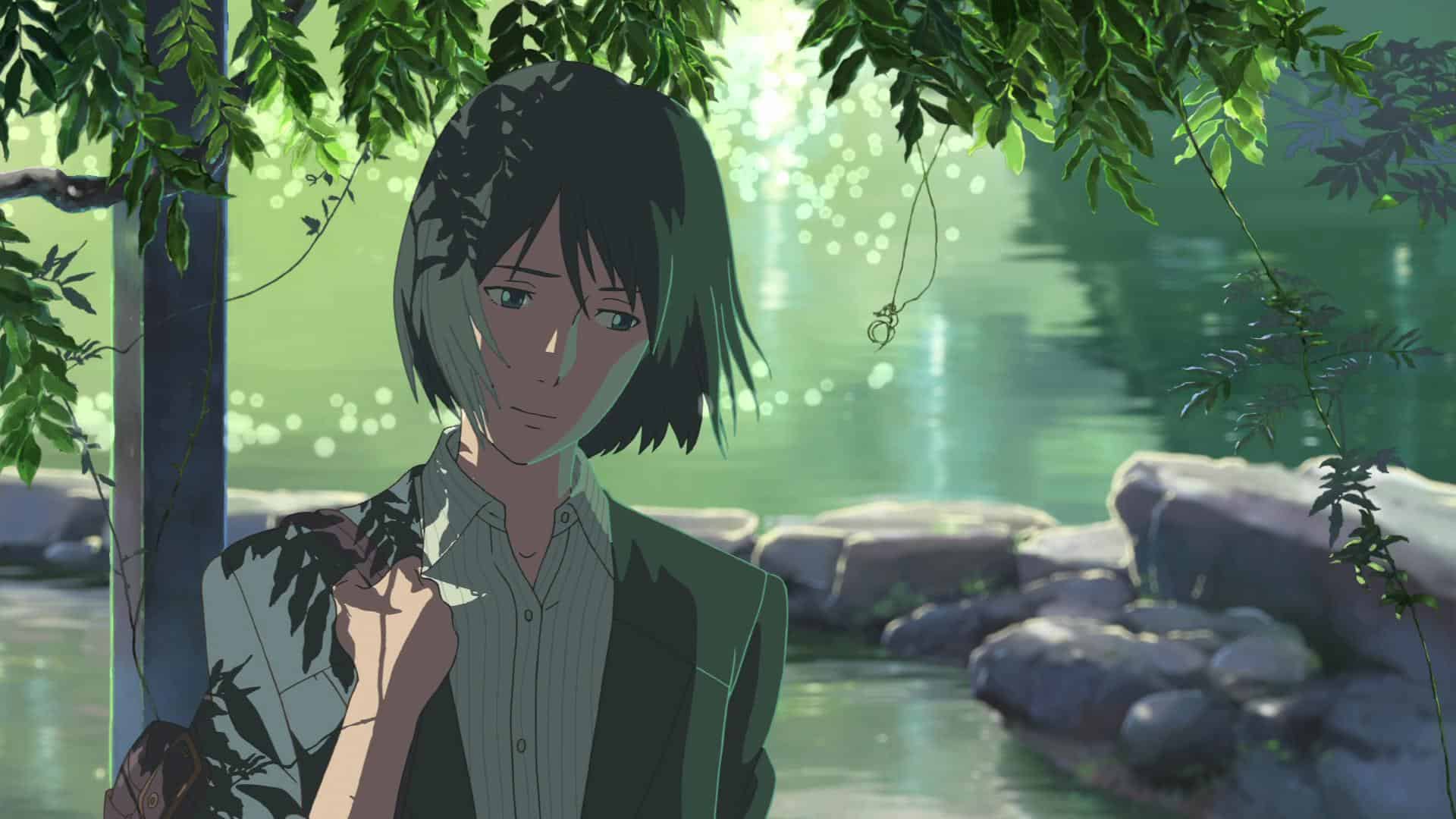
Actually, we never even get to read or learn the contents of the one letter she sends him after the credits roll, but even so, that’s a lot longer than Shinkai’s bullshit stories have ever been able to do. This is definitely not the only reason why things don’t work out.
But it’s still annoying as hell coming from a guy who made a short film about a romance in which the entire plot revolves around messaging one another, but in all of his other works, he seems to have forgotten that phones exist when there is romance involved.
It’s also ridiculous to say that “the distance is their ages” for a variety of reasons.
It was difficult to sympathize with the characters because so many of the major plot points were just too improbable to be taken seriously. First off, the fifteen-year-old main character has an obsession with shoes, and her only explanation is that “Mommy liked the particular set of shoes we got her.
Also Read: Violet Evergarden Watch Order Guide
10. Summer Wars
The 2009 film Summer Wars was written and produced by Mamoru Hosoda. In the film, math prodigy Kenji Koiso is requested to accompany her family to their Nagano home for summer employment by Natsuki, an older pupil and secret crush.
Kenji works for an internet company called Oz in this world, where individuals conduct daily tasks, manage businesses, and perform a lot more significant things.
The Jinnouchi clan, which is Natsuki’s family, originated during the Muromachi period (1336–1573), and they have all gathered to commemorate Natsuki’s grandmother’s 90th birthday. Kenji quickly learns that posing as Natsuki’s fiancé is his “summer job.
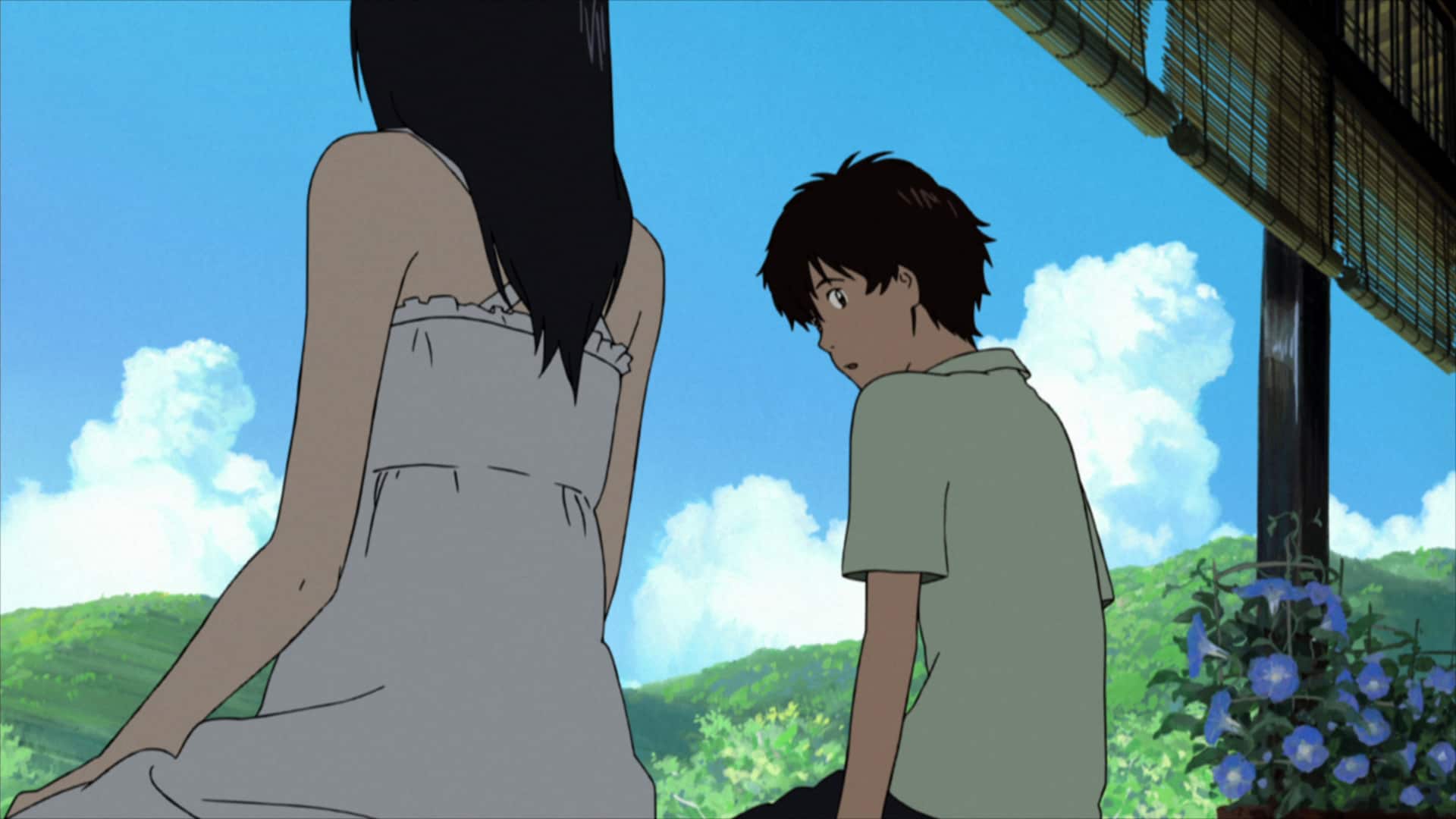
” Kenji gets an odd mathematics query on his phone that he can’t help but solve—it’s the algorithm to Oz—while he tries to keep up with Natsuki’s act around the rest of her family. The physical world is somewhat duller than the digital realm, and the animation is comparable to that of Digimon Adventure with some color changes.
There is a “Dues Ex Machina” associated with it, as the vast family has access to everything from an Oz wrestling champion to a supercomputer. In addition to having multiple calendars displayed throughout the movie, it acknowledges that it is summer by using the cicada theme that we discussed in class.
Instead of attempting to create an overly realistic environment, the filmmaker concentrated on the narrative, allowing the animation to complement a surrealistic viewpoint to support the concept of a computerized world and allowing colors to do what significant design modifications couldn’t.
Also Read: 12 Anime To Watch At School
11. Castle in the Sky
One of the two main heroines, Sheeta, is ambushed by pirates on her airship at the start of Castle in the Sky. She attempts to negotiate onto the exterior of the ship to escape, not wanting to be taken by them, but she slips and falls and loses consciousness as a result.
Upon awakening from the fall, she discovers that Pazu, the other main character, has located her. The two of them instantly become friends, particularly because of their fascination with the location known as Laputa.
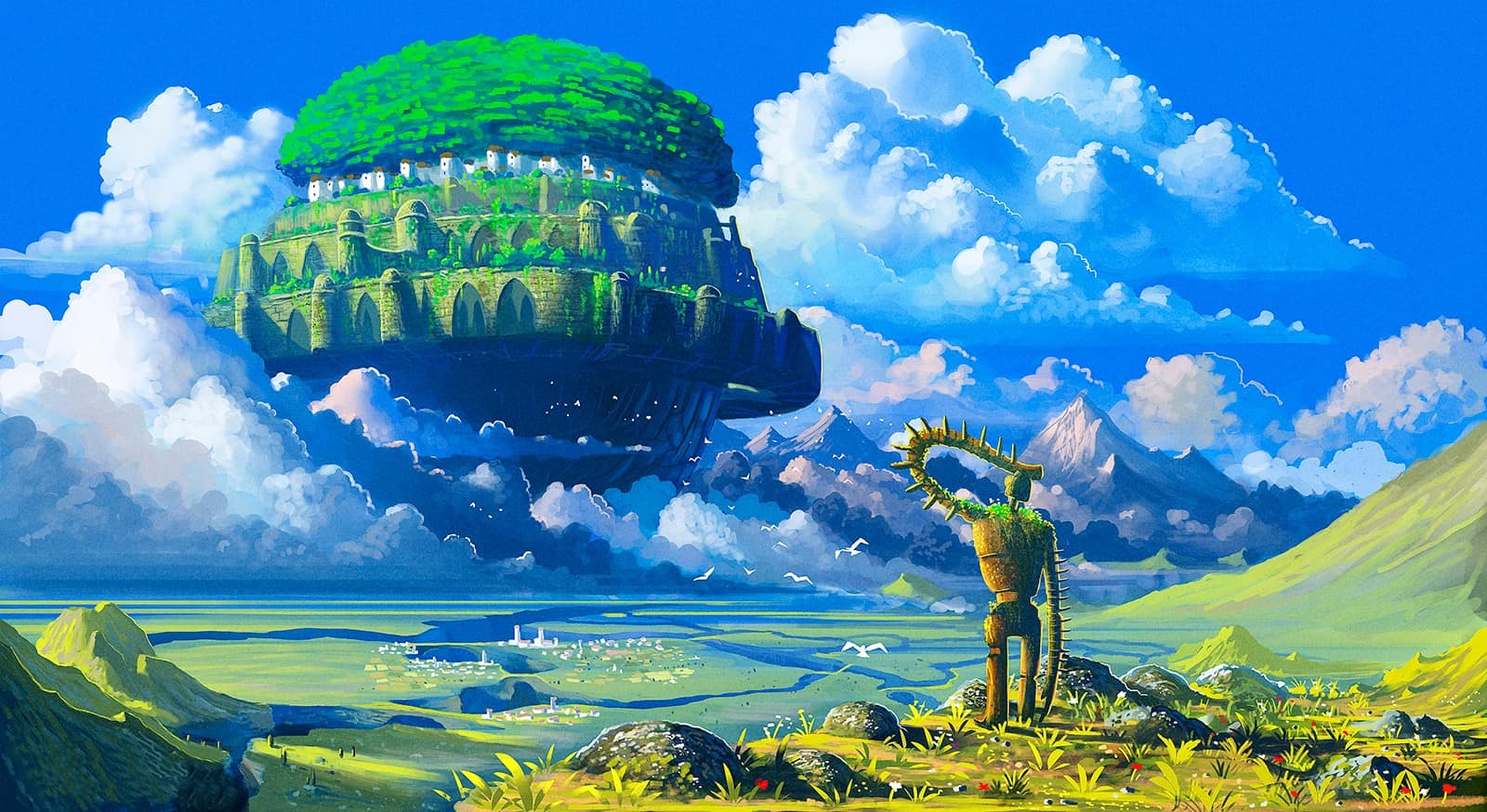
Pazu promises to visit the area and provide evidence of its existence, and Sheeta appears to have some sort of unidentified tandem to the place based on the necklace she is wearing. With the aid of the locals and a kind train driver, Pazu and Sheeta manage to flee from the pirates who are pursuing her when they get to her house.
They wind themselves at a mine, where Uncle Pom, an elderly mine worker, tells them about the relationship between Sheeta’s jewelry and the enigmatic island of Laputa. When Sheeta acknowledges to Pazu the fact she is descended from Laputa’s former nobility, Pazu swears to assist her in getting to the planet.
Unfortunately, Sheeta and Pazu are abducted by military personnel and an intelligence officer who wants to take Sheeta’s necklace for himself before they can pass the mine. It comes out that Muska, the film’s primary adversary, is the agent. Muska persuades Sheeta that he will let Pazu return home if she helps him locate Laptua. When she says yes, Pazu is taken out.
Also Read: 12 Vintage Anime To Watch in 2023
12. Kids On The Slope
A long back, I stumbled upon an article from some website that listed the top 20 anime that is truly romantic, based on a poll. It featured many of the series you would expect, such as Clannad, Toradora, Sword Art Online’s first season, and others, but it was also missing several very worthy titles.
While his father is at sea, Kaoru Nishimi is forced to live with his relatives. But since he’s accustomed to relocating, he doesn’t anticipate anything particularly unique from his new residence.
But his hopes are dashed when he encounters Sentarou Kawabuchi, the class miscreant.
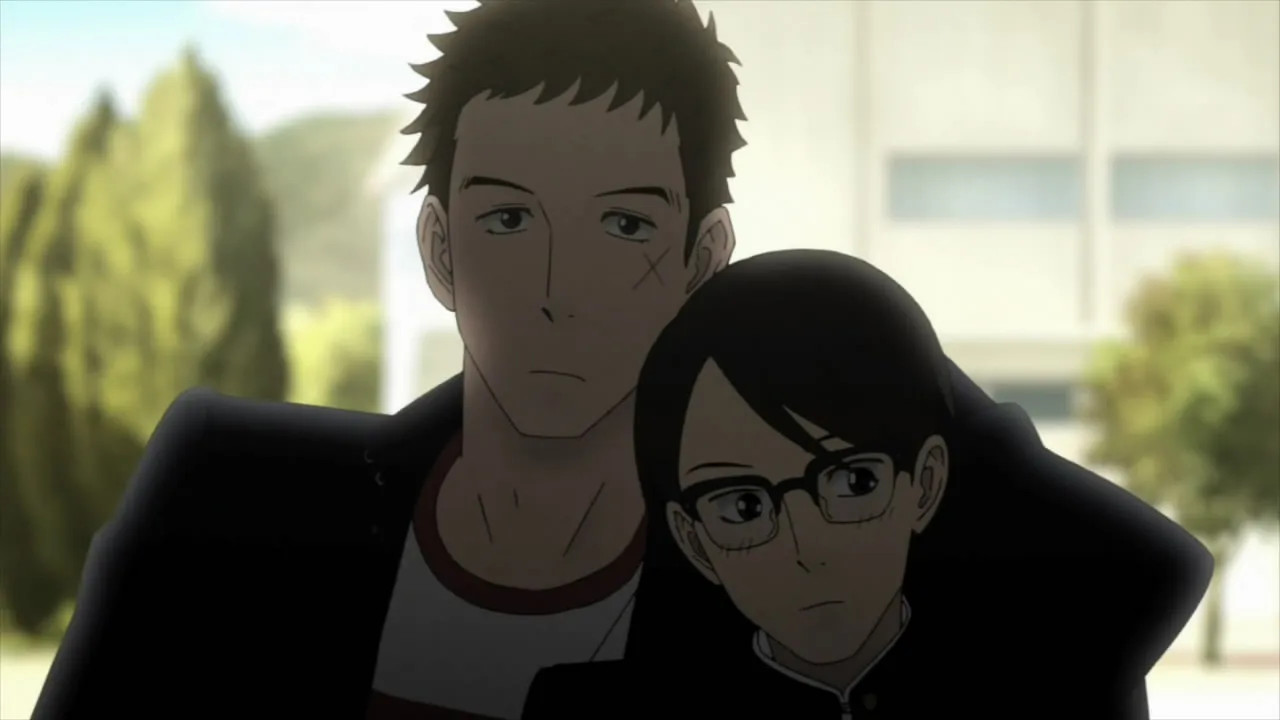
Over the course of the following year, Kaoru emerges from his shell as he and his new friend fall in love, embrace the ups and downs of adolescence, and learn to enjoy jazz music. He will always cherish the moments he spends with Sentarou, regardless of whether the future brings happiness or the same feeling of loneliness he had as a small child.
You might or might not be aware that Sakamichi no Apollon’s MAL entry is missing the Boy’s Love tag (or something similar). So why are there just male names in the summary? Although the show has a lot of straight romance, the core of the story is around the friendship between both of the friends who are featured.
Observing how the two radically distinct personality types interact, battle, and shape one another over time is a lot of fun.
Also Read: 12 Relaxing Anime To Watch Right Now


